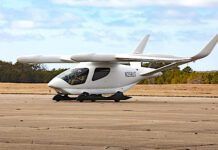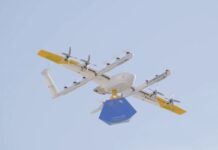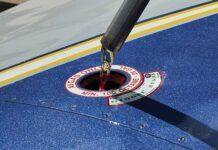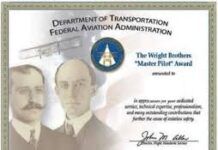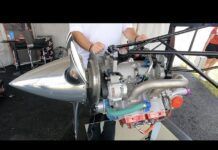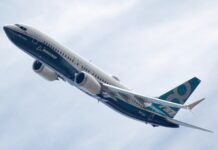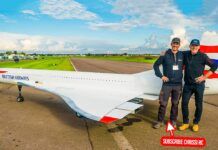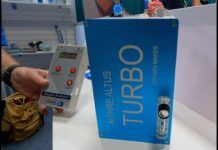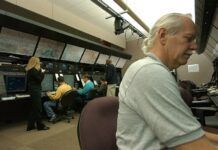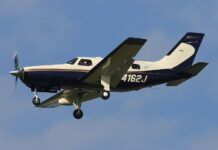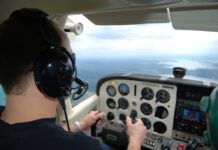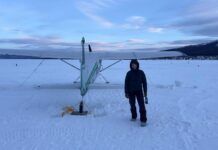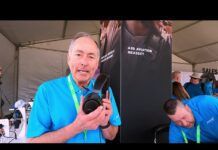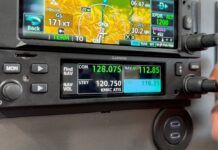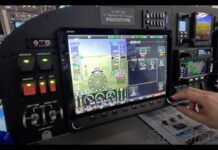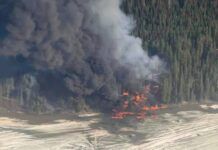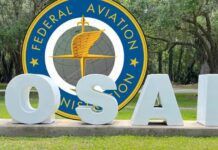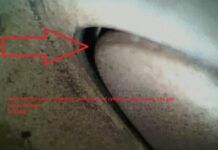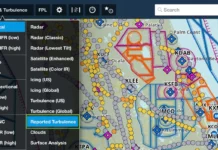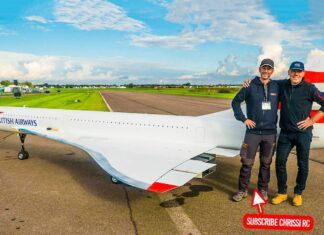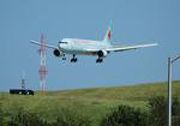 As we reported in January, the co-pilot aboard an Air Canada Boeing 767 l carrying 146 passengers out of Toronto for London had to be physically removed from the cockpit, mid-flight. A report released last week by the Air Accident Investigation Unit has shed new light on the incident, saying that slowly mounting warning signs, from the co-pilot’s late arrival to his “harried” appearance, were ultimately followed by ignored protocols, “rambling and disjointed” speech and “belligerent and uncooperative” behavior that led the captain to action.
As we reported in January, the co-pilot aboard an Air Canada Boeing 767 l carrying 146 passengers out of Toronto for London had to be physically removed from the cockpit, mid-flight. A report released last week by the Air Accident Investigation Unit has shed new light on the incident, saying that slowly mounting warning signs, from the co-pilot’s late arrival to his “harried” appearance, were ultimately followed by ignored protocols, “rambling and disjointed” speech and “belligerent and uncooperative” behavior that led the captain to action.
Beyond the flight’s mid-ocean point and with weather that suggested a potential CAT III Autoland approach at Heathrow, the captain called for crew assistance to “secure the First Officer away from the flight controls” and “remove him from the cockpit.” Alone on the flight deck, the pilot contacted via data-link the company flight dispatch, made a PAN radio call, and diverted to Shannon, which was reporting better weather. He then sought assistance from anyone onboard who might be able to help with what had become a single-pilot flight with a medical emergency. As it was, a flight attendant held a commercial pilot certificate with a multi-engine rating and a non-current instrument rating, and that crew member was put to work in the right seat. She was “not out of place” in the cockpit, the 18,000-hour captain later told investigators, and the two successfully managed the remainder of the flight to a safe landing in VFR conditions at Shannon.
Meanwhile, back in the cabin, the co-pilot was, according to earlier media reports, bound, seated and sedated under the watchful eye of two doctors who were among the passengers aboard the flight. Upon landing, he was met by a doctor and assessed before transfer to a regional hospital for treatment. He was later joined by his wife and remained under hospital care for 11 days before on Feb. 8 being flown by Air Ambulance home to Canada, “where his care continued.”




